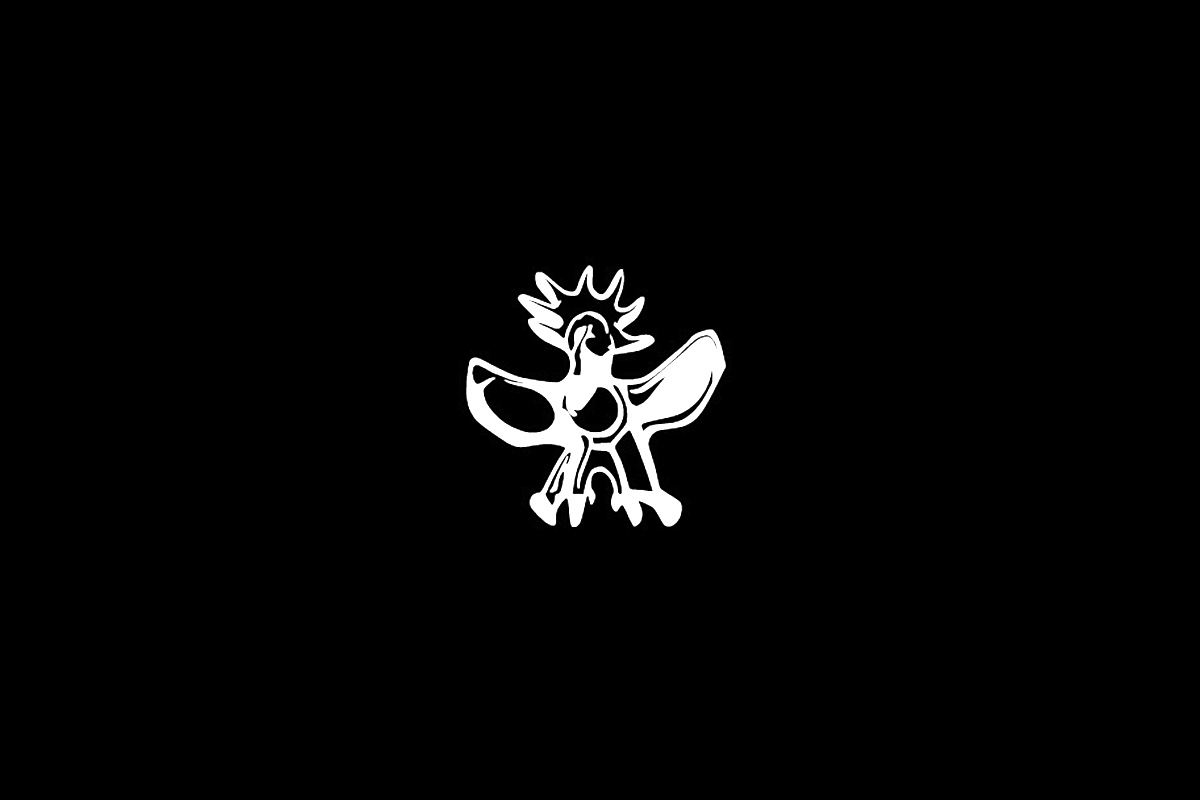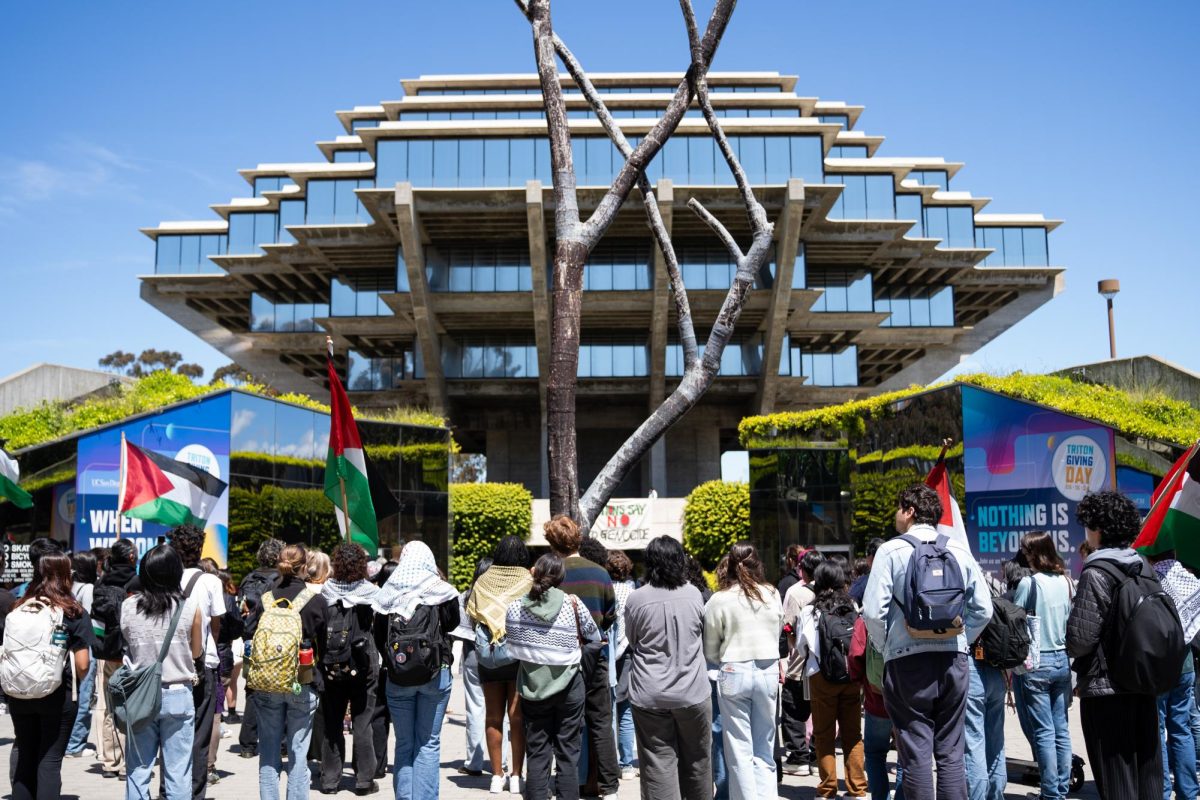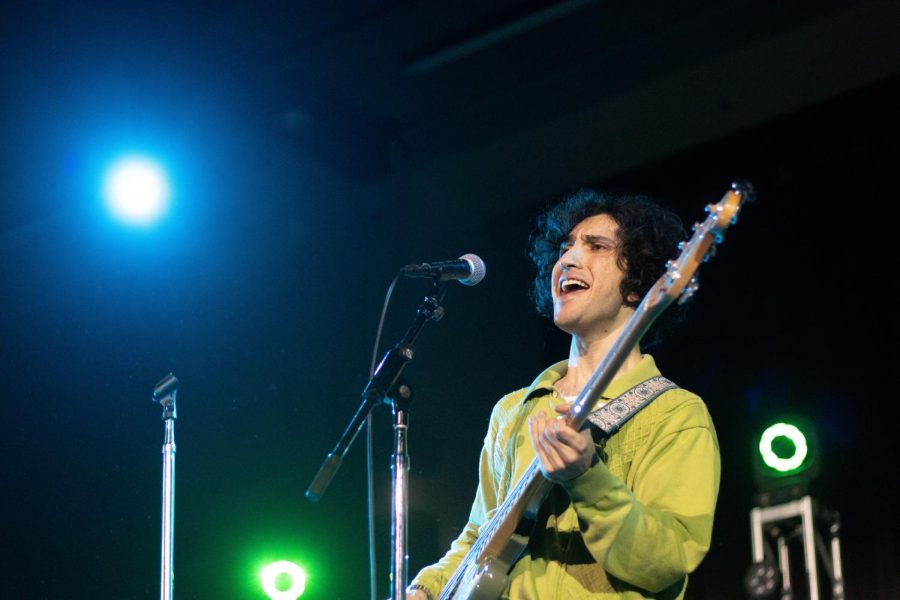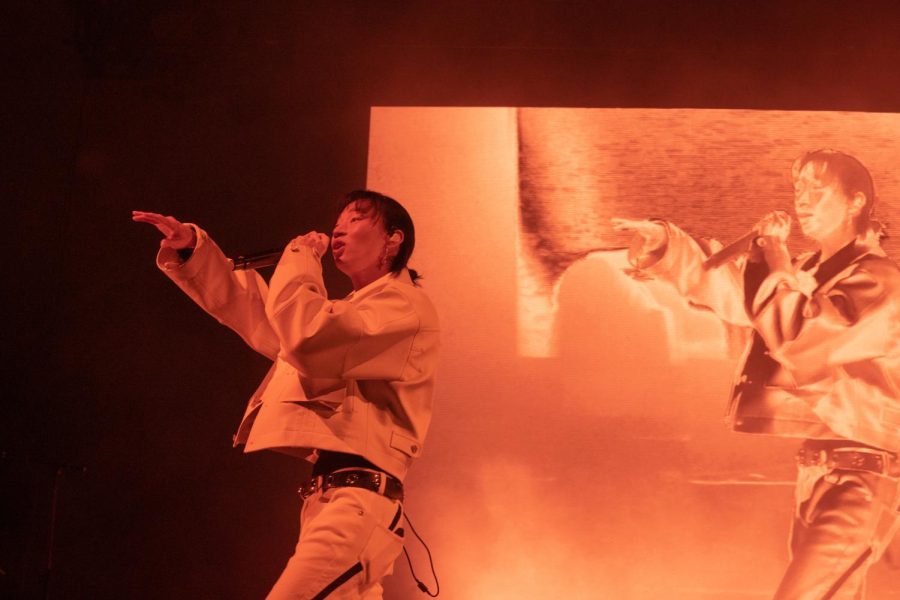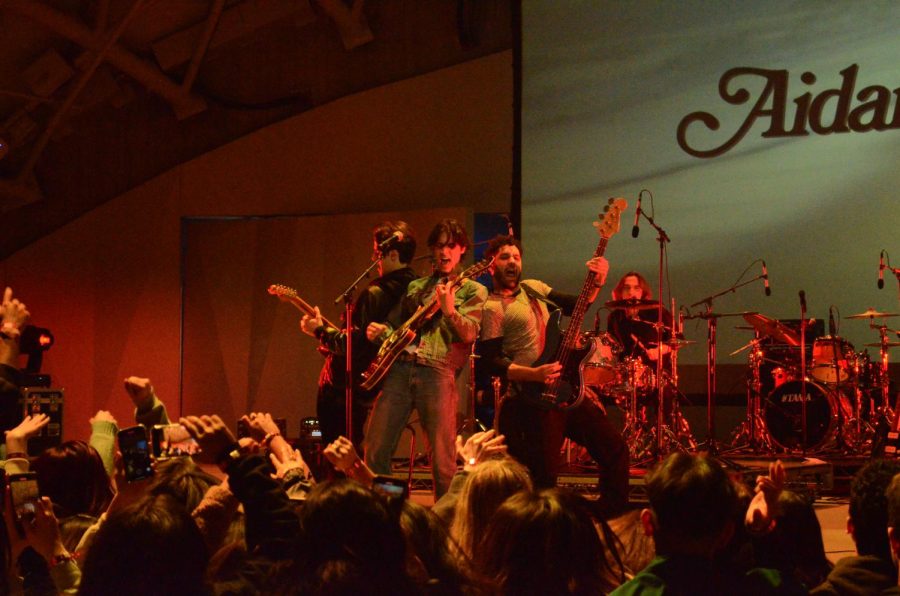Japan has its own Arnold Schwarzenegger. It might even have two.
Governor Shintaro Ishihara, previously mentioned in this column, presides over Tokyo prefecture, the largest “state” in Japan. A former pop novelist, he enjoyed a landslide victory in his last re-election campaign. Other than the obvious parallels — both are well-liked former pop icons who govern their nation’s largest state — there are the subtler, more controversial similarities as well.
The far left has accused Schwarzenegger of racism; his dad was a Nazi long before Arnold was born, which is enough for some people to condemn him. Ishihara’s public statements are even better fodder for criticism; he’s warned Japan’s military to prepare for inevitable foreigner-led riots at the outset of a major earthquake.
They’re both green. The “hydrogen highway” Schwarzenegger wants to run through California is akin to Ishihara’s quest to clean up Tokyo by modifying all city busses to run on hydrogen fuel.
However, the most plausible Arnold clone in Japan isn’t Ishihara, but the puffy-haired Prime Minister himself, Junichiro Koizumi.
When first elected, he was even more popular than Arnold, with approval ratings above 90 percent. He promised to reform the government, like Arnold. He said he would bring jobs back to the land, like Arnold. He came face-to-face with his political heir a couple of weeks ago, during the Terminator’s “Taste of California” promotional tour.
“You’re very popular,” Schwarzenegger said to Koizumi.
“You too,” the Prime Minister replied. “More popular than Bush.”
Well, duh.
Back when Koizumi was the most popular Prime Minister in history, his “Liberal Democratic Party” sold over a million posters bearing his likeness. Between the LDP toenail clippers; Koizumi mugs; LDP logo mugs; Koizumi plush dolls; “casual” Koizumi key chains (with the PM in a T-shirt and jeans); Koizumi and LDP stickers; Koizumi fans and countless videos, and books and pieces of kitchenware about the LDP and Koizumi, the LDP has a profitable Koizumi-centric business plan. Sadly for the LDP, however, the Koizumi business has fallen on hard times in recent months, as the wild-haired leader’s popularity has waned in the wake of his compliance with the U.S.-led Iraq war.
Fortunately for touring political junkies, the declining popularity of the ruling party means that the LDP party office in Tokyo is chock full of these trinkets. At 70 yen each, the Koizumi posters are the cheapest thing in Japan, so I bought 30 of them. With the U.S. dollar falling in value faster than Gameboys fly off store shelves, 70 yen will soon be worth a dollar, so I’m going to get a head start and budget money in terms of Koizumi posters. For example: It costs 20 Koizumi posters for train rides to Tokyo and back, my October phone bill was 85 Koizumi posters, and my trip to Hiroshima in two weeks will set me back a cool 357.14 Koizumi posters.
When portrayed as a cartoon, Koizumi is dressed as a lion because of his wild mane of gray hair. This characterization adorns stickers, key chains, T-shirts, hats and dolls. They’re sold in the official parliament gift shop as well as the LDP office, giving the Koizumi personality cult that surreal sense of legitimacy that can only come with state sponsorship. The plush dolls are labeled “Shishiro,” a combination of the Japanese word for lion, which remarkably few Japanese students seem to know, and Koizumi’s first name, Junichiro.
It’s kind of like all the “Governator” souvenirs, except that Arnold dolls and Republican nail clippers aren’t sold in the official Capitol gift shop in Sacramento.
Figuratively down the street from the parliament gift shop is the Yasukuni shrine, to which Koizumi pays homage every August on the anniversary of Japan’s surrender in World War II. The shrine commemorates all soldiers who served Japan, including 14 class-A WWII war criminals. His visits are a source of endless aggravation in every other East Asian country — each of which was invaded and plundered by Japan.
At first, it’s easy for an outsider to excuse Koizumi’s visits to a shrine dedicated to all soldiers who died in wars — not just war criminals, but everyone. It commemorates conscripted men, sailors, cooks, medics and kamikaze fighters.
But after seeing the Yasukuni shrine museum, which is little more than militarist propaganda, it’s not hard to see how the Chinese, Koreans and everyone else in Asia could be so angry about it. To them, Japan is still a lingering threat. It has nuclear reactors, one of the largest militaries in the world and the planet’s second-largest economy. Any hint of militarism recalls painful memories.
The museum blatantly lies about the Nanking massacre, claiming that the bloody slaughtering of thousands of Chinese flat-out did not happen. “The Alleged Nanking Massacre: Japan’s Response to Chinese Lies” is sold in the official museum bookshop, right next to toy daggers and postcards of fighter jets. The state of “Manchukuo,” a puppet regime established after Japan invaded Manchuria, is portrayed as a legitimate nation, created by “a coalition of four different races.” The entire war in China is called “The China Incident.” The museum exhibits claim Japan played a benevolent role in the Pacific theater, eventually instigating dozens of independence movements around the world and inspiring leaders like Nelson Mandela and Mahatma Ghandi.
Yes, the shrine to war gods claims that Ghandi was inspired by the war criminals deified there. It’s sickening.
What’s really disturbing, though, were the thousands of school children and other youth at the shrine. They came on busses. They came on trains. They came with their families and teachers. Some trendy teen-agers with Uggs and miniskirts, orange sunglasses and blond hair, who I rarely see outside of Tokyo’s clubbing/bar district, even ventured into the museum. Seeing them all, I have to wonder why they were there. Were they getting extra credit in class? Were they paying attention to what they saw?
It’s one thing if the parents took their kids to show them what not to do, to teach them the word “propaganda,” or to help them break down the lies. I worry for the future if this isn’t the case; if, in fact, the parents didn’t bother to explain that they weren’t visiting a genuine museum, but instead a monument to militarism.
The adults who pray at the shrine have to understand what it represents. At first, it seems innocuous, but the attached museum doesn’t leave room for doubt — it’s evil.
Not everyone sees it that way, since all those killed in action are interred there as gods. Every family who lost a relative in a war will have a reason for visiting the shrine besides militarism. This legitimate feeling of grief and responsibility to honor the family is at odds with the shrine’s true objective: rewriting history.
It’s time to rewrite the shrine’s history. Fix the bias in the museum and expel the war criminals. If the Mormon Church can eradicate Hitler after posthumously baptizing him, the Shinto monks can revise which war dead are honored at Yasukuni shrine.


